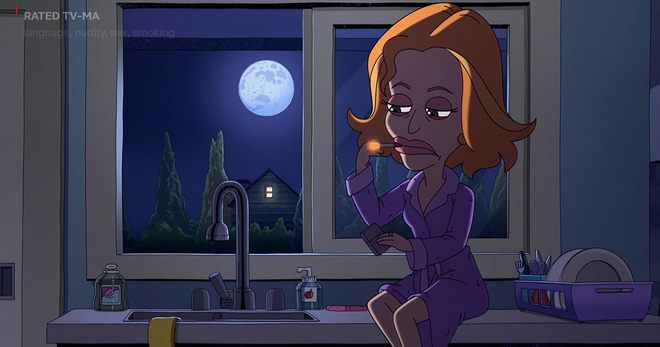Smoking in movies directly influences youth smoking rates
As smoking becomes a less socially acceptable behavior, movies are one of the few places where it continues to be portrayed positively — as normal social behavior, as glamorous and as rebellious and edgy. The relationship between exposure to smoking in the movies and youth smoking initiation is compelling — the more kids see smoking in movies, the more likely they are to smoke themselves.
44 percent of adolescents who start smoking do so because of smoking images they have seen in the movies.
Studies show that 44 percent of adolescents who start smoking do so because of smoking images they have seen in the movies. There is a clear link between images of smoking in the movies and youth smoking behavior, and the decrease in on-screen tobacco images in recent years may have contributed to the declining percentage of youth smokers in the same period.
The percentage of youth-rated movies (G, PG, PG-13) that were smokefree doubled from 2002 to 2014 (from 32 percent to 64 percent). But in youth-rated movies that showed any smoking, the average number of tobacco incidents per movie also nearly doubled (from 21 to 38) over the same period. And young people now have more access to these images through extended movie distribution channels such as DVDs, television and online.
To counter this, public health groups have been working together to urge moviemakers to take tobacco use out of their movies. They have developed these four “Smoke-Free Movie Policies,” which have been endorsed by health authorities worldwide:
-
Studios and theaters should require an effective anti-smoking ad to run before any film with any tobacco presence.
-
A certification should appear in the closing credits declaring production staff did not receive any consideration in exchange for using or displaying tobacco.
-
Tobacco brand identification or imagery should be eliminated from films
-
Any film that does show or imply tobacco use should be rated “R,” except if it clearly reflects the consequences of tobacco use or is necessary for historical accuracy.
The U.S. Surgeon General has said that "the adoption of such policies would contribute to a reduction in adolescent smoking behavior."
Recent strides have been made to eliminate images of smoking in movies. In March 2015 Disney studios announced that it will ban smoking from PG-13 films released by its Marvel, Lucasfilm and Pixar studios.
More in tobacco in pop culture
Want support quitting? Join EX Program
By clicking JOIN, you agree to the Terms, Text Message Terms and Privacy Policy.
Msg&Data rates may apply; msgs are automated.



